What are pilot competencies?
The pilot competencies are typically set out by aviation regulatory authorities such as the Federal Aviation Administration (FAA) in the United States, the European Union Aviation Safety Agency (EASA) in Europe, and the International Civil Aviation Organization (ICAO) globally. These organizations establish standards and guidelines that pilots must meet to obtain and maintain their licenses and certifications.
These competencies are continuously refined and updated based on industry feedback, advancements in technology, and changes in aviation practices to ensure that pilots are equipped with the necessary skills and knowledge to operate aircraft safely and efficiently.
Pilot competencies are essentially a set of skills, knowledge, and attributes that a pilot needs to safely and effectively fly an aircraft. They cover everything from technical flying skills to decision-making abilities and communication with air traffic control and crew members.
Imagine them as the building blocks of a pilot’s ability to operate an aircraft. Just like a builder needs the right tools and skills to construct a sturdy building, a pilot needs these competencies to navigate the skies safely. Without them, it’s like trying to build a house without a solid foundation – it just won’t work well, and it could be dangerous.
Now, why are they so important? Well, think about it this way: when you’re up in the air, you’re responsible for the lives of everyone on board, as well as those on the ground below. So, having the right skills and knowledge isn’t just important – it’s absolutely crucial for the safety of everyone involved.
For student pilots, understanding these competencies is like mastering the fundamentals of flying. They’re the essential skills and knowledge that form the backbone of your ability to become a proficient and safe pilot. And as you progress in your training and eventually start flying commercially or recreationally, these competencies will continue to be your guide, ensuring that you can handle any situation that comes your way.
Communication (COM)
Demonstrates effective oral, non-verbal, and written communications, in normal and non-normal situations.
- Correctly prioritises what, how and who to communicate with
- Ensures recipient is ready and able to receive information
- Conveys messages and information clearly, accurately, timely and adequately using appropriate vocabulary and standard phraseology
- Confirms that the recipient correctly understands important information; resolves ambiguity
- Listens actively, patiently, and demonstrates understanding when receiving information
- Asks relevant and effective questions and offers suggestions
- Uses appropriate body language, eye contact and tone and correctly interprets non-verbal communication of others
Workload Management (WLM)
Manages available resources efficiently to prioritise and perform tasks in a timely manner under all circumstances.
- Is calm, relaxed, methodical and not impulsive
- Plans, prepares, prioritises and schedules tasks effectively
- Manages time efficiently when carrying out tasks
- Offers and accepts assistance, delegates when necessary and asks for help when appropriate
- Reviews, monitors and cross-checks actions conscientiously
- Ensures tasks are completed
- Manages and recovers from interruptions, distractions, variations and failures effectively
Situational Awareness (SAW)
Perceives and comprehends all the relevant information available and anticipates what could happen that may affect the operation.
- Is aware of the aircraft, its systems and projection of the status in the future
- Is aware of the aircraft flightpath, proximity to terrain/obstacles and the operational environment
- Keeps track of time and fuel
- Anticipates likely threats and events, plans and mitigates appropriately
- Is aware of the condition of people involved in or affected by the operation
- Develops “what if” scenarios and plans for contingencies
- Regularly reviews mental model, recognises and responds to indications of reduced situational awareness
Knowledge (KNO)
The information, understanding and skills that you gain through education, also both flight training and experience.
- Demonstrates practical and applicable knowledge of limitations and systems and their interaction
- Demonstrates required knowledge of published operating instructions
- Demonstrates knowledge of the physical environment, including ATC/airspace, wx, airports and operational infrastructure
- Demonstrates appropriate knowledge of applicable legislation
- Knows where to source required information
- Demonstrates a positive interest in acquiring knowledge
- Is able to apply knowledge effectively
Application of Procedures (PRO)
Identifies and applies procedures in accordance with published operating instructions and applicable regulations, using the appropriate knowledge.
- Follows SOPs unless a higher degree of safety dictates otherwise
- Identifies the source of operating instructions and applies all operating instructions in a timely manner
- Correctly uses aircraft systems, controls and instruments
- Disciplined in use of checklists, QRH and procedures
- Safely manages the aircraft to achieve optimum efficiency
Flight Path Management Automation (FPA)
Controls the aircraft flight path through automation, including appropriate use of flight management system(s) and guidance.
- Controls the aircraft using automation appropriate to the situation with accuracy and smoothness
- Detects deviations from the desired trajectory and takes appropriate action
- Manages the flightpath to achieve optimum operational performance
- Manages the flightpath using automation while managing other tasks and distractions
- Selects appropriate level and mode of automation in a timely manner considering phase of flight and workload
- Effectively monitors automation and maintains FMA awareness
Flight Path Management Manual (FPM)
Controls the aircraft flight path through manual flight, including appropriate use of flight management system(s) and flight guidance systems.
- Controls the aircraft manually appropriate to the situation with accuracy and smoothness
- Detects deviations from the desired trajectory and takes appropriate action
- Controls the aircraft safely using the relationship between attitude, speed and power
- Manages the flightpath to achieve optimum operational performance
- Manages the flightpath during manual flight while managing other tasks and distractions
- Selects appropriate level and mode of flight guidance systems in a timely manner considering phase of flight and workload
- Effectively monitors flight guidance systems
Problem Solving and Decision Making (PSD)
Accurately identifies risks and resolves problems. Uses the appropriate decision-making processes.
- Identifies and verifies why things have gone wrong, does not jump to conclusions or make uninformed assumptions
- Seeks accurate and relevant information from appropriate sources
- Perseveres in working through a problem without reducing safety
- Uses appropriate, agreed and timely decision making processes
- Applies essential and desirable criteria with effective prioritisation
- Makes decisions when needed, reviews and changes them if required
- Anticipates and manages risk effectively
- Improvises appropriately when faced with unforeseen circumstances to achieve the safest outcome
Leadership and Teamwork (LTW)
Demonstrates effective leadership and team working.
- Leads by example with integrity and responsibility
- Creates a supportive and inclusive atmosphere of open communication and encourages team participation
- Uses initiative, gives direction and takes responsibility when required
- Anticipates other crew members needs and carries out instructions when directed
- Is open and honest about thoughts, concerns and intentions
- Encourages feedback, gives and receives both criticism and praises well, admits own mistakes
- Demonstrates empathy, respect and tolerance for other people
- Involves others in planning and allocates activities fairly and appropriately to abilities
Learn more, visit our shop here
